Riparian planting for flood prevention: 17 trees that turn wet areas into a food-growing zone
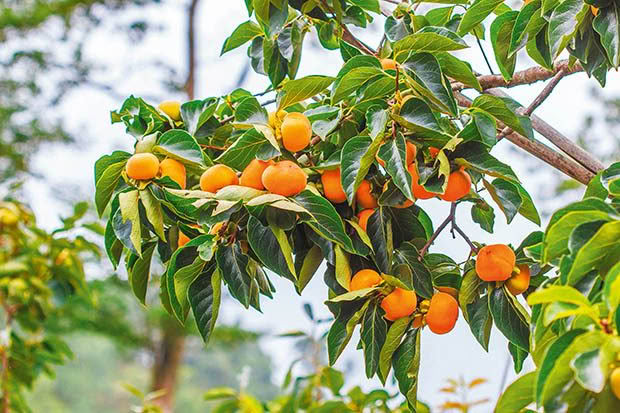
Persimmon.
Riparian planting is not exclusively for natives. Fencing off your water’s edge provides the opportunity for a wide range of productive plants.
Words: Sheryn Dean
Riparian planting has become synonymous with natives, and I am proud and protective of our natives. Most of NZ’s flora and fauna is endemic, meaning it’s not found in any other country and we should be very careful to preserve them. While our National Parks do the bulk of this, as a landowner I think we also have a responsibility.
Planting up an area of natives increases the diversity by having pockets of plants in slightly different microclimates, and provides corridors of food and habitats for our native fauna.
But native plants are not a lot of use to us as humans. There’s not much amongst natives that I would want to harvest and with only a limited amount of land, I want it to be as productive as possible. There are a whole range of fantastic plants we can grow in our varied climate so consider some other options for your water’s edge.
Fencing stock out and planting along the water’s edge is being done nationwide to improve our water quality. Dairy farmers have done a huge amount in this area and local government will soon start focusing on lifestyle block owners with new water quality rules being decided on around the country. Stock (especially cattle and deer but preferably all animals) should be excluded from any permanent waterway and the bank or riparian strips planted to prevent erosion, provide habitat, and to reduce the loss of valuable nutrients. Contact your local council – they will be able to provide advice relevant to your area, and may be able to provide financial assistance.
The big trees
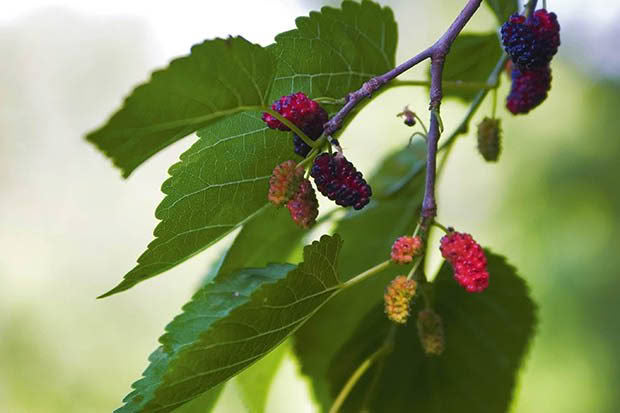
Mulberry.
Big trees are eventually big and are best on the south side of everything. Think about space, shadows and maintenance. Imagine them in 20 years at 10m high and 6m wide. If that kind of tree is going to be near power lines, blocking a view, or shading the house, imagine yourself in 20 years, toddling out with your walker, trying to deal to them with a chainsaw. Prune the bottom branches off as they grow – you want to direct their young energy up, not out.
1. PECANS
Final size: 9m x 3m approx.
Pecan trees love having their roots alongside water. They don’t like boggy spots but do enjoy occasional flooding. They grow huge, last forever (well hundreds of years), are an attractive tree and if you plant several for pollination and are lucky, they may even produce nuts, all of which makes them an ideal riparian tree.
If they do produce nuts, our NZ knowledge about pecans has evolved one step further forward, something that may help our horticulture future. At the moment, pecan production in NZ is pretty rare. Pecans are wind pollinated and in their native Mississippi River territory there are thousands of trees spreading pollen far and wide. In New Zealand there are a few pockets of small numbers of pecans and we are still working out what pollinates what so getting nuts to set isn’t guaranteed. But the more you plant, the better your odds.
The downside to pecans is their limbs are prone to breaking off in high winds. This is not so problematic in other countries – my theory is that our nitrogenous soils cause fast but weak growth – so experts recommend judicious pruning but I am trialing fertilising with lots of trace minerals but no nitrogen to see what happens. I’ll let you know how it goes in 50 years or so.
2. HACKBERRY
Final size: 9-15m
Another tree I have recently added to my riparian area is the hackberry (Celtis occidentalis). It is another large North American tree that once again likes fertile moist soils and lives a long time, about 150-200 years.
Its berries are edible, but that doesn’t mean they taste good and I doubt that I will be climbing the tree to obtain many. What I do hope is that the birds I encourage into my orchard to control the bugs will prefer the high-calorie, pea-sized berries to my simultaneously-ripening orchard fruit.
This decoy crop also ticks the boxes for stock shelter and attractiveness. But then, is there any tree that isn’t attractive?
3. MULBERRY
Final height: 10m+
Black mulberries are very tasty in a pie, but if you can’t be bothered picking them they are another great decoy crop. They’re not particularly desiring of wet areas, but do like deep loam (and their deep roots make them quite drought-resistant) and mine are doing well enough on a stream bank.
Mulberries are quite fast growing when young, and don’t mind a bit of wind so also make great shelter belts.
4. PEAR
Final height: up to 10m
Pears left unpruned can get quite large, so leave the bottom branches on to enable easy climbing for picking. There is a lot of variation between seed-grown pears which adds to the excitement – it will be your very own variety and you won’t know if it is exceptional or just yummy for a few years.
Bought trees are usually grafted onto roostocks of which the more dwarfing ones are less tolerant. Choose the large but hardy Pryrus communis rootstock for riparian planting. The Asian pear (nashi) is even more tolerant of wet soils, but once again check the rootstock – look for P. communis or P. betulaefolia rootstock. Pears need a pollinator so plant more than one.
5. SUGAR MAPLE
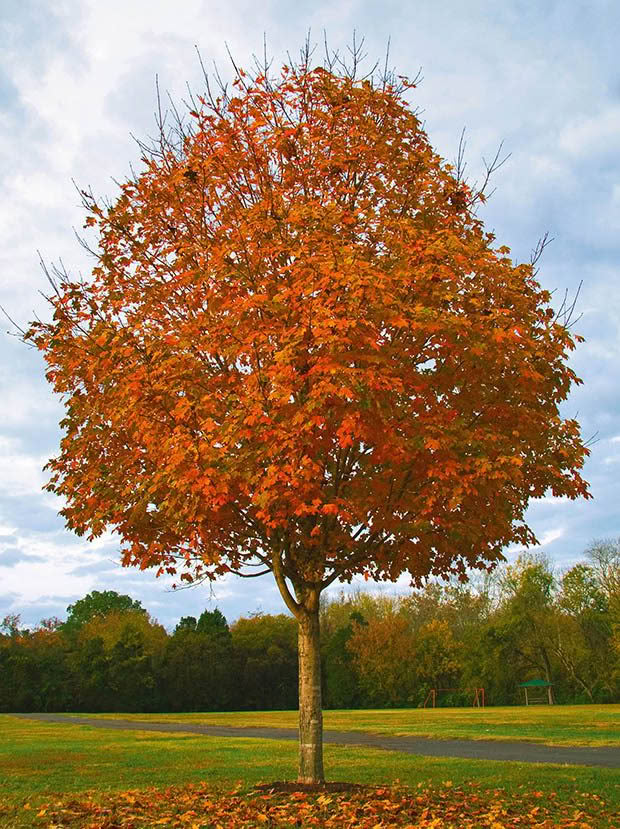
Sugar maple.
Final height: 20m+
The sugar maple, Acer saccharum, is where maple syrup comes from. To get good sap production you need really, really cold nights followed by really, really hot days, so it is a crop dependant on climate change for most of us.
Meanwhile they provide amazing autumn colour, enjoy moist soils, and can even withstand waterlogging in winter.
6. SHINING GUM
Final height: 60m+
Gums are synonymous with dry Australia but the Shining Gum (Eucalyptus nitens) is an extremely hardy tree that likes moist soils (though not prolonged waterlogging). It is extremely fast growing and can be coppiced (cut off low and left to regrow) which makes it an ideal firewood tree. The timber can also be used for furniture.
7. POPLAR
Final height: 25m
The Yunnanensis poplar doesn’t particularly need water (in fact, it’s good for dry areas too) but it is pretty hardy and will grow most anywhere. It is a fast-growing tree easily propagated by sticking branches in the ground in winter.
It’s also resistant to rust and possums but my reason for growing it is the high zinc content in the leaves which help to combat facial eczema. All poplars are good stock food which is why the farmers of old frequently planted them, but the Yunnanensis has extra zinc. Sheep will eat fallen leaves and cows enjoy a branch or two cut for them in summer – the bark is particularly favoured.
8. WILLOW
Final height: 4m
I once would have recommended willow, such an old favourite on the stream bank that it has become a pest in places. A male willow is an important source of bee food in early spring when there is little else available, and the foliage makes great stock fodder.
However I am struggling to control the giant willow aphid, a new pest to NZ which secretes a black honey dew. When the bees harvest this, it creates crystals in their honey and gives it a distinctive green apple taste.
Therefore, my fodder willows (Salix kinuyanagi) were pruned to almost nothing this summer, much to my cows’ delight. Research has started into resistant willow varieties and biological controls so hopefully willows will be a viable option again in the future.
The smaller trees
9. PERSIMMON
Final size: 5m+
Persimmons are a really attractive medium-sized tree, especially in autumn and early winter when they put on a spectacle of colour, and they don’t mind wet feet or the occasional flood. The fruit is fantastic dried and I use them as a substitute for dried apricots.
10. FIG
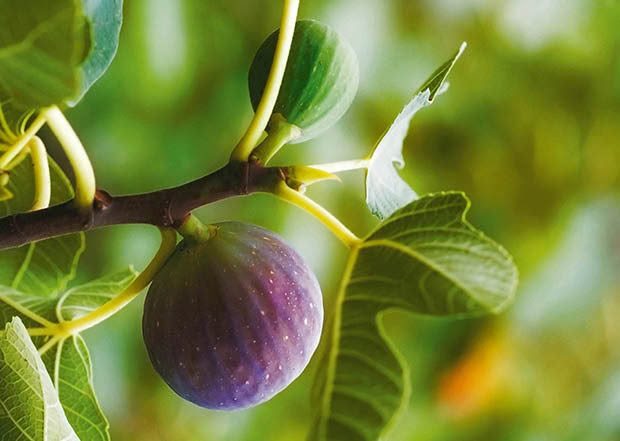
Final height: 5m+
Figs don’t like being waterlogged, but they do love moisture so much they should come with a warning: do not plant within 30 metres of a septic tank. Fresh figs are something I have only discovered since I started growing my own and they are simply divine. There are a huge variety of figs, all with different colours and flavours and size and ripening times, and they grow really easily from cuttings in winter.
You can keep them pruned into compact trees for easy harvesting, or you can let them go wild and they will form a dense thicket. They don’t mind winter chill, but do need heat in summer to ripen.
11. APPLES
Final height: 3-5m
Like pears, apple seedlings vary widely and purchased trees are grafted onto rootstocks which determine their compatibility with different soils. Once again, the dwarfing varieties need pampering so I’d recommend the larger and hardier M793 or Northern Spy rootstock which tolerate a bit of dampness. Don’t forget to include a cider apple or two if you fancy making your own tipple in future.
12. CHERRIES
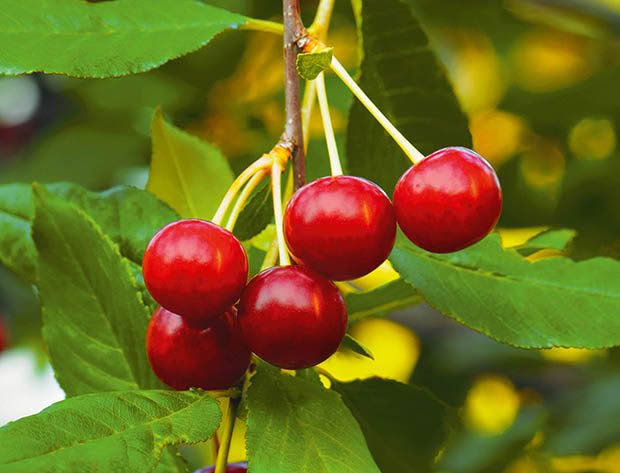
Final height: 3-6m
Cherries are not tolerant of waterlogging but like the deep nutrient-rich soils and the steady moisture alongside a stream. I have a variety called Tangshe, one suited to the warmer North Island weather. It ripens around Labour Weekend and is very productive but I have to net any fruit I want for myself as there is little else for our feathered friends at that time of year. I also have two sour cherries for cherry pie but so far have had only small crops not worth harvesting. Also still a dream is anything off my sweet cherry. Cherries need colder winters than I get in the Waikato but it is there in case of climate change.
The tall shrubs
13. ELDER
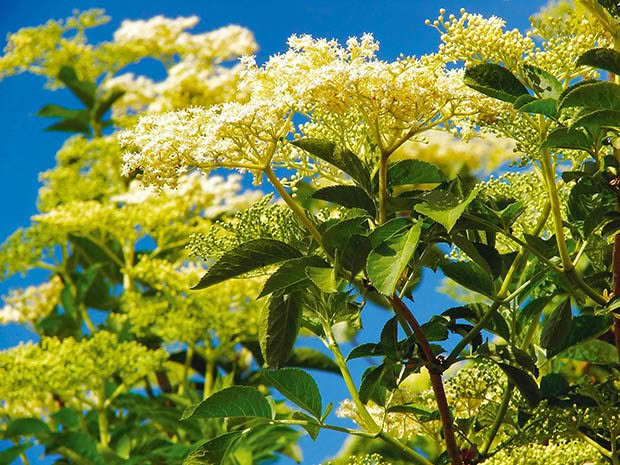
At a lower level – about head-height – are shrubby plants like the elder. This is a weed in the south, a hardy shrub that provides both flowers and fruit, all edible.
Elderflowers make a popular drink or can be fried in a fritter, and if you can beat the birds to the berries, they can be used to make jam, but then everything that is not poisonous can be used to make jam.
14. AMERICAN CRANBERRY
There are a lot of plants called cranberry, so it’s one of the few times I prefer to use the Latin name, Viburnum trilobum. It is a deciduous bush very similar to the elder in growth habits. Once again, edible but my main purpose for planting it is for the birds and bees, and both form multi-stemmed thickets providing great habitat and food.
15. BLUEBERRY
Highbush and rabbit-eye blueberries originated in swamps. They like moisture but also drainage and need an acidic soil (pH 4.5-5.2), making them ideal for under pine trees.
The low shrubs
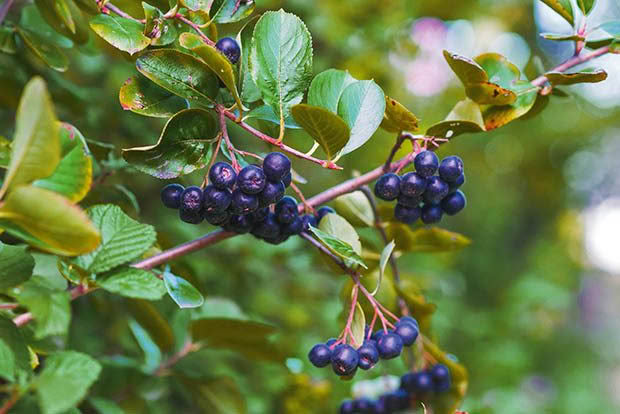
Chokeberries.
The problem with low shrubs is they can get overgrown by grass or shaded out by the bigger plants, so plant on the sunny edge and be prepared to mulch and weed.
16 CHOKEBERRIES
Chokeberries (Aronia melanocarpa) are the ultimate superfood, with the highest level of polyphenols known in any fruit. Polyphenols are the good anti-oxidants that fight cancer and free radicals, reduce the affects of ageing, reduce inflammation, stabilise blood pressure and sugar levels, and have lots of other positive effects.
The problem is they just don’t taste all that good, although I’ve heard you can juice them, make a tea from dried berries, and their high levels of pectin mean they can be added to low pectin fruit jams.
But for me, chokeberries are appropriately named and I am going to have some long-lived birds around here as they’re the only ones who enjoy my crop.
17. NEW ZEALAND CRANBERRY
Myrtus ugni (also known as Ugni molinae) has a confusing amount of common names including Chilean guava and the trademarked ‘Tazziberry’ in Australia. They don’t like waterlogging, but are hardy enough to withstand most conditions, including partial shade, and produce a tasty, cranberry-like berry.
WHY I USE DECOY FRUIT TREES
I believe birds prefer a thin-skinned, ripe, small fruit to a large tough-skinned peach or plum in my orchard so planting decoy crops means there is enough for all of us. I really want to encourage birds onto my block. Once my riparian understorey is more established, I plan to introduce more Canadian quail, pheasants and guinea fowl for sustainable insect control.
LOW MAINTENANCE, NOT NO MAINTENANCE
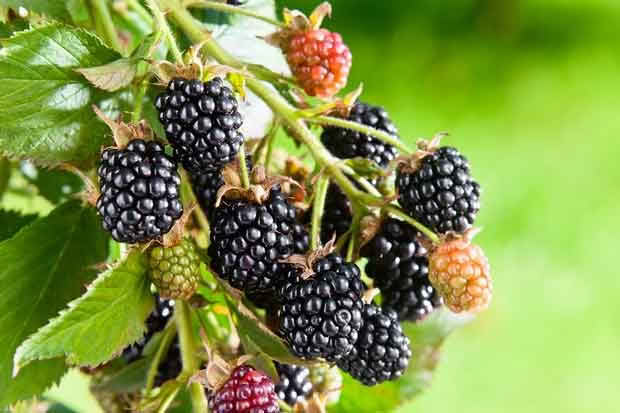
Watch for noxious weeds such as blackberry.
Riparian planting left to its own devices can grow into a wonderful dense hedgerow that naturally suppresses weeds. However it will never be maintenance-free. You will need to weed around young plants for the first couple of years to keep them free from smothering grass and weeds, and continually watch for noxious weeds like blackberry or convolvulus.
Once established, dense planting provides a wonderful habitat for lots of things – including pests like rats and stoats – so keep traps set, preferably good quality, humane ones, and check them regularly.
Love this story? Subscribe now!
 This article first appeared in NZ Lifestyle Block Magazine.
This article first appeared in NZ Lifestyle Block Magazine.
